It’s Outboard Motor Tune-up Time, Part II
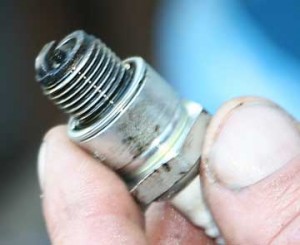
When we left off yesterday, we were right in the middle of a visual inspection of the outboard motor – the sort of examination that should be performed every time you undertake the annual tune-up process. Now that we’ve established that no fluids have obviously leaked from the motor to the ground, it’s time to take a close look at the propeller. Small cracks or nicks in the tip of the blades can decrease efficiency, as can misaligned or bent blades.
Again, I’d ask you to defer to your owner’s manual at this point. Seek out the seasonal tune-up recommendations and find out whether or not you should be changing lubricant in the motor’s lower unit. If recommended, remove the top and bottom fill plugs and watch carefully as the lubricant drains into a spare waste container. Just as you replaced your old motor oil with bulk oil, substitute in new lubricant.
The lubricant applicator’s nozzle should fit nicely in the bottom fill hole; squirt it into the gear case. Then, just as it starts to overflow and ooze out of the top fill hole, return the top plug to its accustomed place. Do the same with the bottom plug and wipe away any extraneous lubricant with a cloth. We’ll continue with necessary lubrication in tomorrow’s edition.


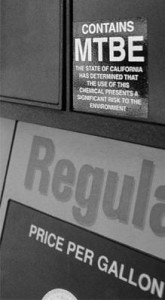 Several decades ago, when Congress granted the Environmental Protection Agency increased powers to regulate America’s air and water pollution, outboard motor manufacturers were forced to take notice. Inefficient 2-stroke engines had been the norm up to that point, and it was agreed that the outboard companies would either have to drop 2-strokes from their product lines entirely or find a way to make them more eco-friendly.
Several decades ago, when Congress granted the Environmental Protection Agency increased powers to regulate America’s air and water pollution, outboard motor manufacturers were forced to take notice. Inefficient 2-stroke engines had been the norm up to that point, and it was agreed that the outboard companies would either have to drop 2-strokes from their product lines entirely or find a way to make them more eco-friendly.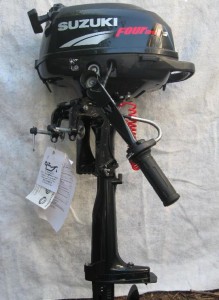 Buying an outboard motor is a process that should not be taken lightly. As perhaps the most critical purchase you’ll ever make in regards to your boat, it deserves significant preparation and forethought. Take some time to explore the market – both online and at nearby dealerships. Scan the classified ads in your local newspaper for used outboards, but remember that most marine engines manufactured since 1990 should receive TC-W3 certified
Buying an outboard motor is a process that should not be taken lightly. As perhaps the most critical purchase you’ll ever make in regards to your boat, it deserves significant preparation and forethought. Take some time to explore the market – both online and at nearby dealerships. Scan the classified ads in your local newspaper for used outboards, but remember that most marine engines manufactured since 1990 should receive TC-W3 certified 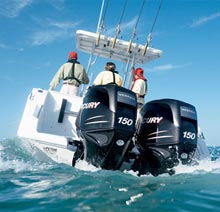 Today’s boaters could be forgiven for putting the past out of mind. As recently as the 1990s, federal rules for outboard engine efficiency were much less stringent – to the point that pollution became a problem and the small boating industry became something of a scapegoat for environmental groups. Around 1996, the marine industry and the Environmental Protection Agency teamed up to create and enforce fuel standards.
Today’s boaters could be forgiven for putting the past out of mind. As recently as the 1990s, federal rules for outboard engine efficiency were much less stringent – to the point that pollution became a problem and the small boating industry became something of a scapegoat for environmental groups. Around 1996, the marine industry and the Environmental Protection Agency teamed up to create and enforce fuel standards.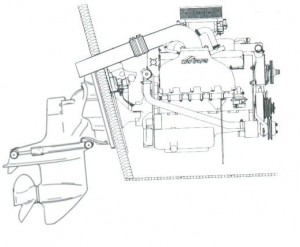
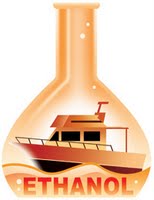 Over the last few months, we’ve visited and revisited the threat posed by ethanol additives to the small boat industry. Specifically, ethanol lobbyists are seeking a waiver to sell E15 – that’s gas with a 15 percent concentration of ethanol – or even E20 as a standard fuel mixture for marine engines. As many boaters are aware, most small vessels on the market and in the water today are ill-equipped to deal with such high concentrations of the additive.
Over the last few months, we’ve visited and revisited the threat posed by ethanol additives to the small boat industry. Specifically, ethanol lobbyists are seeking a waiver to sell E15 – that’s gas with a 15 percent concentration of ethanol – or even E20 as a standard fuel mixture for marine engines. As many boaters are aware, most small vessels on the market and in the water today are ill-equipped to deal with such high concentrations of the additive.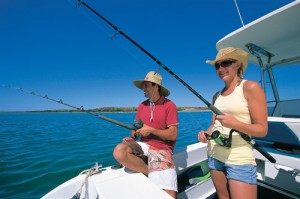 With technology advancing by leaps and bounds in recent years, allowing anglers to pinpoint their location, route, and the best places to find fish, it should come as no surprise that reliable batteries and charging systems are a top priority. Many boaters rely on GPS, fish finder technology and VHF radios for communication; none of this would be possible without the juice required to power the whole enterprise.
With technology advancing by leaps and bounds in recent years, allowing anglers to pinpoint their location, route, and the best places to find fish, it should come as no surprise that reliable batteries and charging systems are a top priority. Many boaters rely on GPS, fish finder technology and VHF radios for communication; none of this would be possible without the juice required to power the whole enterprise.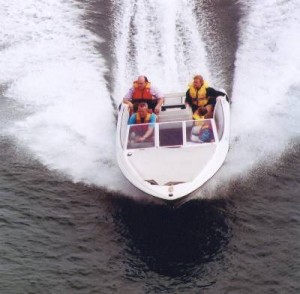
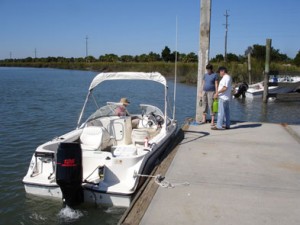
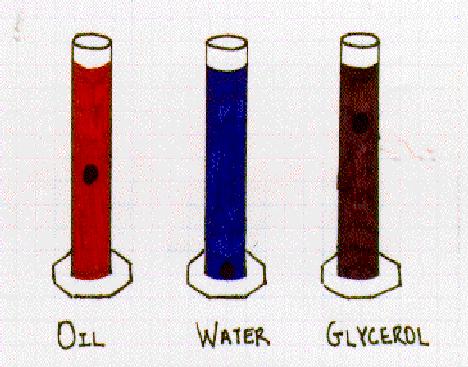
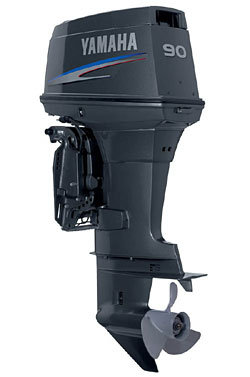 The lower-horsepower outboards highlighted yesterday are perfectly suitable for inflatables, canoes and other small craft, but what about those who want to step up their performance? Mid-range engines are tailor-made for fishermen and other boaters who appreciate the capability of traveling several miles at a time. Outboard motors in the 20 to 35 hp range fit the bill, providing crucial mobility for light fiberglass vessels and sailboats.
The lower-horsepower outboards highlighted yesterday are perfectly suitable for inflatables, canoes and other small craft, but what about those who want to step up their performance? Mid-range engines are tailor-made for fishermen and other boaters who appreciate the capability of traveling several miles at a time. Outboard motors in the 20 to 35 hp range fit the bill, providing crucial mobility for light fiberglass vessels and sailboats.